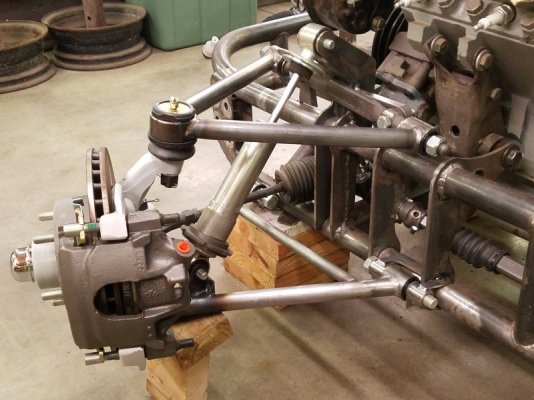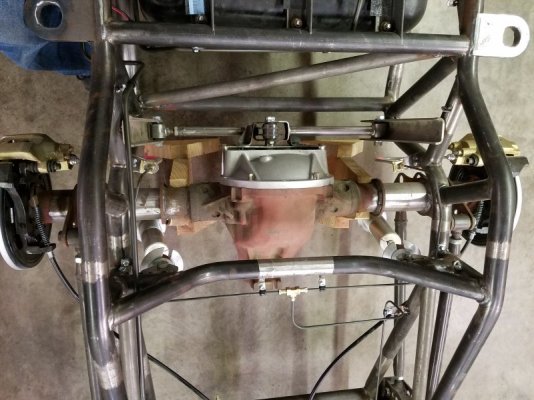Data Plate
Well-Known Member
Im not taking the drums off just wanted a little extra stopping power so I am trying to add the booster easy to do I thought but now running into all these problems.
Need???? I've set probably 50-60 pushrod adjustments... Never used that tool...Did you set the pushrod depth? Need this tool. Setting brake booster pin depth
View attachment 1421239
His whole build is rather unique.... And over the top...agreed.
@1STMP
Can you please share with us your brand and source for the dual diaphragm booster setup you have? Also curious what calipers you're running.
I didn't put the cam in but the guy said like a 450 lift
My cam is 484 lift
I started the engine with it idling I pulled off the check valve motor ran ruff covered the check valve withy finger and it smoothed outIf the booster is leaking vacuum your
engine may be running slightly
rough and rich. Try disconnecting
the hose from the booster and
blocking the hose off with your thumb.
Your engine idle should smooth out,
which means the booster is bad.
If it doesn't, there's either a crack in
the hose or a bad connection at the
vacuum source.
(edited)
This of course,
assumes all other vacuum lines
and/or connections are good.
Another leak source to check is
the intake manifold.
Seems like the booster was notYour right I think at this point ill pull out the power booster and master and put back the manual brakes just didn't work out to bad
As Greg (Kern Dog) mentioned the pedal ratio on Mopars of this vintage was handle by adding a bellcrank that alters the leverage...Seems like the booster was not
leaking.
I didn't realize you're trying to convert
from manual to power drums all
around. The main culprit now is
pedal ratio. Where a manual system
utilizes a 6:1 ratio, a power system
requires a 4:1 ratio.
View attachment 1421630
Booster isn't going to give you any extra stopping power, it's only going to reduce how hard YOU have to push the pedal.Im not taking the drums off just wanted a little extra stopping power so I am trying to add the booster
Thanks for pointing that outAs Greg (Kern Dog) mentioned the pedal ratio on Mopars of this vintage was handle by adding a bellcrank that alters the leverage...
Thanks KD. I posted those numbersThe published numbers for pedal ratios are wrong…..
Using the method above, I come up closer to 7 to 1.


